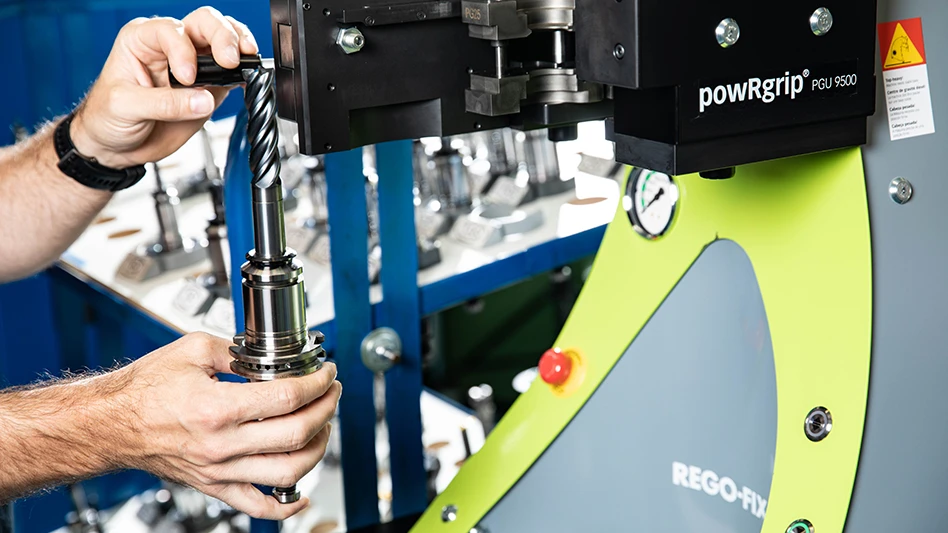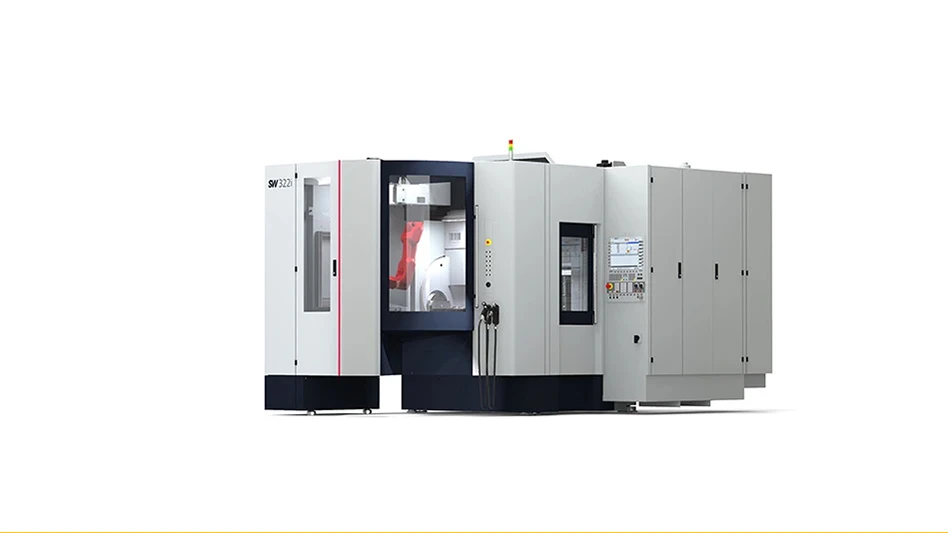
Distributed manufacturing, 3D printing, and the digital thread are all impacting manufacturing. Weighing in on medical device manufacturing today, and where it’s headed, is Jabil’s Director, Digital Manufacturing, Rush LaSelle – who also offers a look at how Jabil approaches these disruptions to stay ahead of the competition.
Today’s Medical Developments (TMD): How does Jabil look at distributed manufacturing?
Rush LaSelle (RL): Distributed manufacturing will transform industries throughout the next decade in a magnitude similar to the Industrial Revolution’s impact on manufacturing during the late 18th and early 19th centuries. In the very way that manufacturing processes and technology made products – such as the automobile – affordable for the masses, digital manufacturing is becoming a cornerstone in making tailored products accessible to mainstream consumers. As products become regionalized on the road to becoming fully personalized, they will be produced in smaller lots, which will antiquate many large-scale industrial operations. The benefit is products then can be designed and delivered locally, which will drive greater intimacy between buyers and sellers. Unlike the Industrial Revolution, however, the digital manufacturing revolution will not take 60 years; its impact will be realized in the next 20 to 30 years.

TMD: What is Jabil’s approach to staying ahead of the competition as the market embraces distributed manufacturing?
RL: First, a robust and secure digital thread is needed to manage products efficiently from concept to end-of-life. Having a well-architected digital thread enables the democratization of design and the ability to distribute manufacturing to any location with digital manufacturing systems.
Second, regulated industries, such as the medical field, will need to rethink traditional approval and regulatory processes to align with accelerated product design efforts.
Third, rapid qualification and improved testing standards will play an ever-increasing role in further reducing time to market. In the near-term, the ability to share physical designs between stakeholders in different geographies is already improving and expediting the early stages of product design.
TMD: What are the challenges to ensuring quality, consistency, and economics of additive manufacturing?

RL: We believe AM complements traditional production technologies rather than makes them obsolete. Additive promises, however, to alleviate engineers of the existing paradigm of designing parts for traditional production technologies. Instead, additive unlocks designers’ ability to create parts that more closely assimilate natural structures to improve performance and aesthetics.
Jabil has used AM in numerous capacities during the past 20 years, including its use for prototyping and specific applications, such as creating injection molds with conformal cooling to reduce cycle times. The company has expanded its investment in the past few years as AM technologies are reaching economics that are appropriate for a widening set of applications across the production spectrum. As technology and material prices have fallen, additive is being used to produce parts where small lots preclude investing in traditional production techniques, such as injection molding. Plus, additive offers significant reductions in time-to-market for new products.
To date, we have selected only a few AM platforms for serial production. The simple reason is the speeds and costs have historically precluded additive platforms from being effective substitutes for more traditional processes. HP’s MJF printing technology, as one example, has improved the economics by a factor of 10, which enables the production of tens of thousands of parts more economically than creating a tool and producing the parts on injection molding machines. Jabil engineers spent nearly a year working with HP to ensure its AM platform was capable of producing parts with acceptable levels of performance and consistency from one batch to another as well as from one machine to the next. These activities represent another critical step in enabling distributed manufacturing. (See sidebar above.) TMD: Are there specific materials that are more functional? RL: Materials are very application specific. Many of the polymers used in volume for injection molding were formulated to work well for the manufacturing process (flow, mold release, shrinkage) and then for part properties such as tensile or impact strength. For additive, materials are formulated in a similar manner; process then function. As the technology continues to mature and scale, we fully expect the materials portfolio to expand to better match the functional needs of designers, engineers, regulators, and ultimately end-users.
TMD: Are there challenges with some materials that have caused Jabil to investigate other materials as suitable replacements?
RL: Given the relative immaturity of additive manufacturing, we are aggressively investigating pathways to expand the suite of materials available for AM platforms. Over the next two years, we expect the industry will see a proliferation of options to better meet product performance requirements as compared to simply selecting a material that will run on a machine.
TMD: How does 3D printing expand the ability to design?
RL: When designing for subtractive or injection molding, the ability to access locations on a part with cutters or permitting the release of a part from a mold dominates how designers think about shaping it. The aerospace and automotive industries have already begun to take full advantage of AM’s design freedom, creating parts that weigh less, provide greater performance, and in many cases last longer than conventionally produced parts. Designers using AM for products are enjoying the ability to produce a single part where previously they would have assembled multiple components from traditional production techniques.
TMD: How has the timeline for customers shortened by moving from early prototype builds to 3D?
RL: Like all things manufacturing, it depends on the specifics of the parts and the industry. Where a client intends to produce a part on additive indefinitely as compared to migrating from prototyping to injection molding at volume, the reduction can be as dramatic as cutting the process from 65 to 16 days. When you design for additive, the prototype you are designing is the same as the part for production because both will ultimately use the same manufacturing technology. Conversely, when you design a prototype using additive and then migrate the design to a mold, the design is altered – frequently, multiple times – prior to achieving a stable production part, which can add a month or more to the new product introduction cycle.
Jabil
www.jabil.com

Explore the July 2017 Issue
Check out more from this issue and find your next story to read.
Latest from Today's Medical Developments
- Tariffs threaten small business growth, increase costs across industries
- Feed your brain on your lunch break at our upcoming Lunch + Learn!
- Robotics action plan for Europe
- Maximize your First Article Inspection efficiency and accuracy
- UPM Additive rebrands to UPM Advanced
- Master Bond’s LED415DC90Med dual-curable adhesive
- Minalex celebrates 60 years of excellence in miniature aluminum extrusions
- Tormach’s Chip Conveyor Kit for the 1500MX CNC Mill





